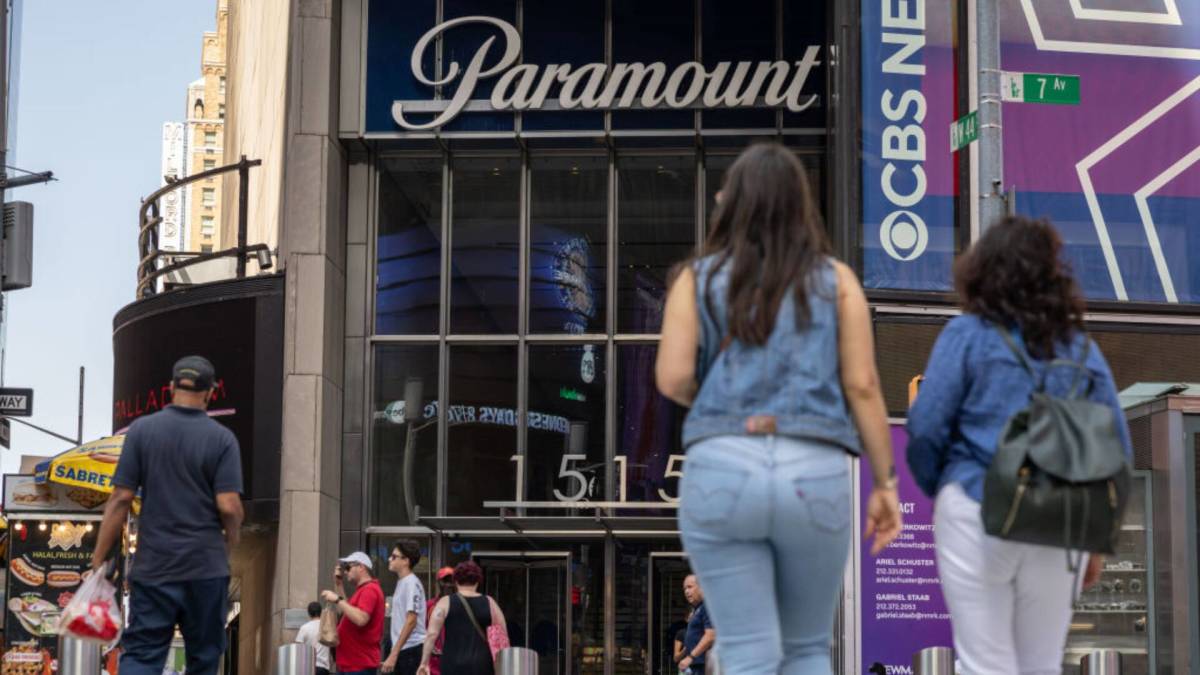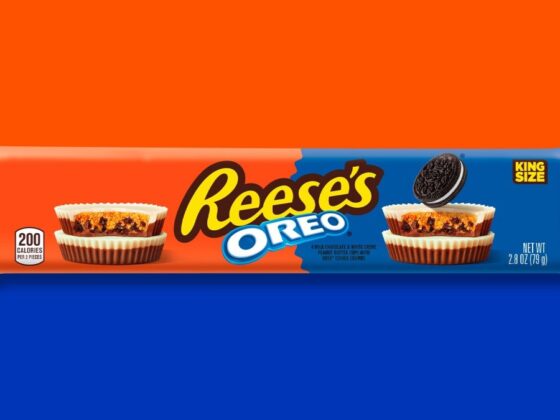When The Late Show host Stephen Colbert announced July 17 that CBS had canceled his program, New York University professor and author Scott Galloway had an initial reaction that he quickly (and publicly) backpedaled on.
Galloway's first instinct, he wrote in his “No Mercy / No Malice” newsletter, was to interpret the show's cancellation as politically motivated.
Colbert had recently criticized the decision by CBS owner Paramount (PARA) to settle a lawsuit brought by President Trump over a Kamala Harris interview for $16 million.
💵💰Don't miss the move: Subscribe to TheStreet's free daily newsletter💰💵
Although many legal analysts dismissed the lawsuit as lacking substance, Paramount's decision to settle was broadly viewed as a calculated effort to curry favor with Trump-appointed FCC officials, especially with its Skydance Media merger hanging in the balance.
“I was wrong about Colbert,” Galloway wrote. “Economics are driving him out, not politics. Granted, two things can be true at once, and Colbert’s constant ribbing of the president probably made his walk on the green mile shorter.”
Galloway suggested the shake-up in television was long overdue, describing it as a restructuring of the industry's supply chain.
While Colbert himself isn’t expected to disappear from the spotlight, the real impact falls on the staff members who now face the prospect of losing their jobs.
In Galloway's view, this wasn’t just about canceling a show, but about an accelerating shift in media economics.
Scott Galloway explains economics, Stephen Colbert news
Galloway suggested that the beginning of the downfall of Stephen Colbert's show grew from the 2023 Writer's Guild of America (WGA) strike.
“When late-night went dark, millions of Americans realized they didn’t miss it, and they never returned,” Galloway wrote.
More on Scott Galloway:
- Scott Galloway sends blunt message to Elon Musk
- Scott Galloway warns Americans on 401(k), US economy threat
- Scott Galloway’s net worth
Galloway said that during Johnny Carson’s reign on The Tonight Show, the nightly audience, adjusted for today’s population, would translate to 25 million nightly viewers.
At its height in the late 1970s, Carson’s show generated nearly a fifth of NBC’s revenue, Galloway explained. By the late 1980s, advertisers were pouring more than $1.2 billion into the late-night slot in pursuit of younger, wealthier consumers.
But Galloway argues that era is over. He highlights the fact that late-night ad revenue has collapsed by more than 50%, falling to just $220 million in 2024 from $439 million in 2018.
To underscore the scale of disruption, he compares the decline to General Motors’ (GM) trajectory prior to its bankruptcy — asserting that, had late-night television been an independent enterprise, it would have filed for Chapter 11 last year.
Scott Galloway discusses Netflix, YouTube influence on late-night TV
Galloway emphasized how technology platforms have flipped the script on traditional media. He observed that, for the first time, viewers now spend more hours watching streaming services such as Netflix and YouTube than they do on cable and broadcast networks combined — a milestone that he believes signals a deeper transformation.
While audiences still engage with late-night content, it’s often through clipped segments rather than full shows.
According to Galloway, platforms are able to license that material at a fraction of its original value, paying pennies on the dollar for content that once held premium significance.
“It isn’t the end of Colbert,” Galloway wrote. “It’s the end of late-night TV. Colbert’s Late Show reportedly has been losing more than $40 million a year for CBS, with a budget of $100 million per season and about 200 employees.”
Galloway compared those economics to those of his own company.
“Contrast Colbert with our company, Prof G Media,” he wrote. “We expect to generate $15 million to $20 million in annual revenue next year, with about 15 full-time people. That figure, which excludes my podcast Pivot with Kara Swisher, equates to $1 million to $1.3 million per employee.”
“Unlike the late-night category, we’re growing 20% to 30% annually, with half of our listeners in the 18-49 age bracket. We’re reaching nearly as many of the core demographic as late-night with 8% of the staff/cost.”













